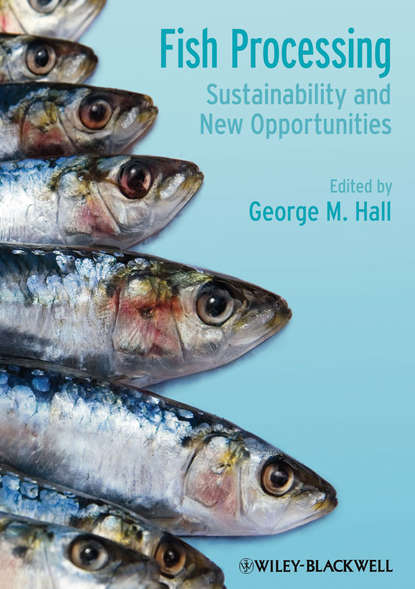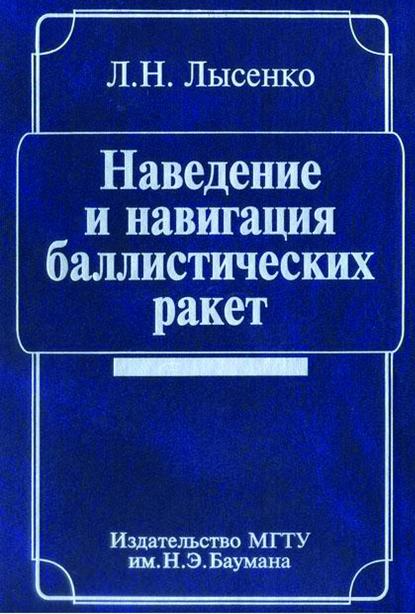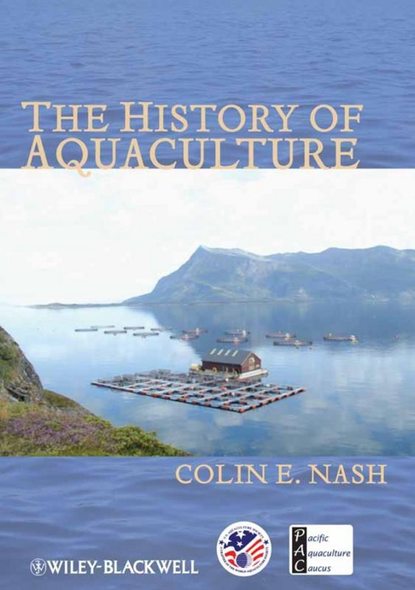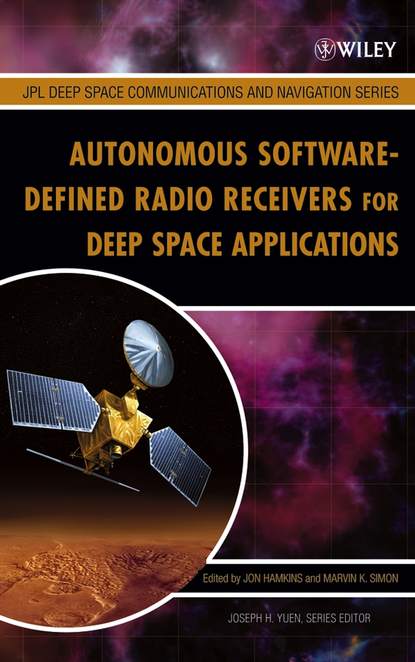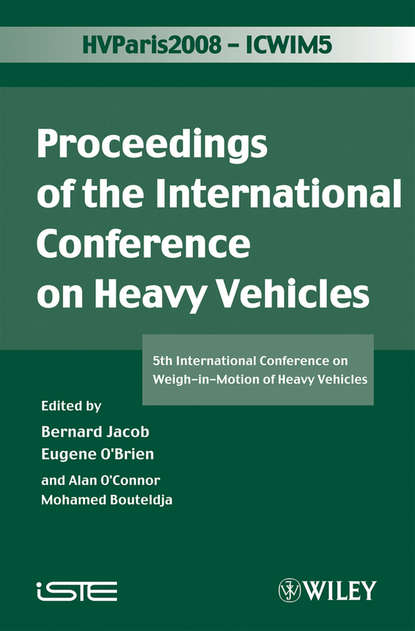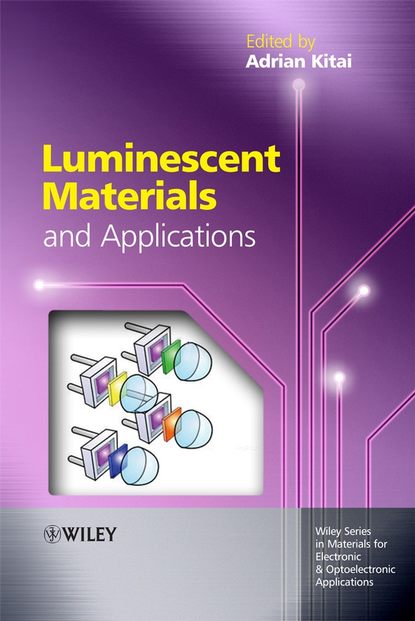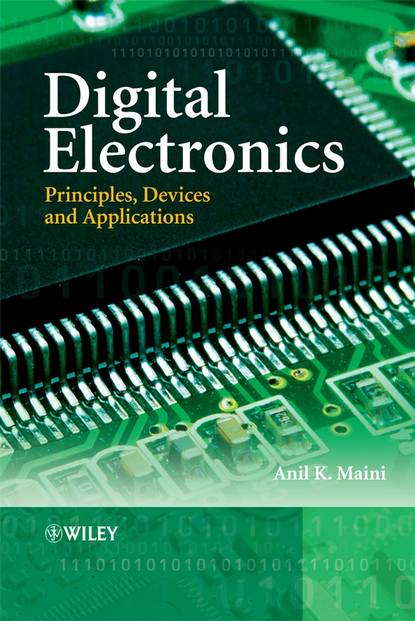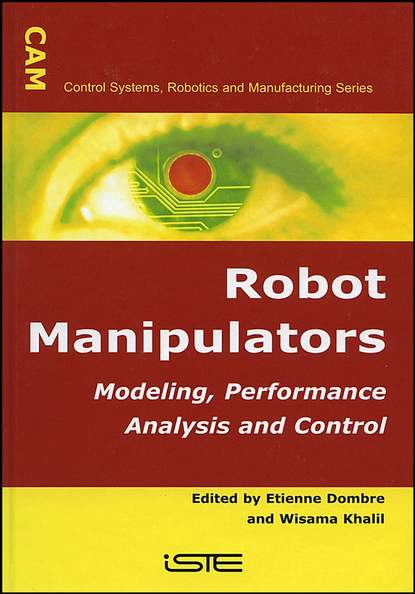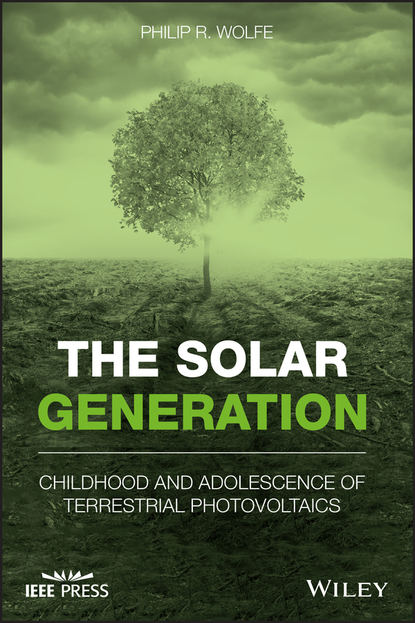Книга "Обработка рыбы. Устойчивость и новые возможности" рассматривает вызовы, стоящие перед международной рыбной индустрией, предлагая двухсторонний подход: представление последних сведений о уже существующих технологиях и введение новых идей и технологий. Во введении авторы описывают контекст, в котором будет существовать обработка рыбы в ближайшем будущем. Вторая глава посвящена экологическим и устойчивым вопросам, связанным с традиционной обработкой рыбы, включая эффективность процесса и более эффективное использование отходов. Авторы также обращают внимание на влияние механизации и компьютеризации на экологическую устойчивость. Следующие главы рассматривают последние достижения в установленных технологиях обработки рыбы, таких как консервирование, соление, замораживание и охлаждение, с акцентом на экологических аспектах упаковки и процесса самого. Кроме того, описываются параметры качества и обработки для конкретных видов рыб, включая новые виды. Вторая часть книги даёт авторам возможность представить потенциальные технологии и приложения будущего более широкой аудитории. Они включают в себя ферментированные продукты и их признание более широкой аудиторией, использование побочных продуктов обработки рыбы в качестве корма для аквакультуры и использование побочных продуктов для биоактивных соединений в биомедицинских, диетических, косметических и других приложениях.
This book aims to solve the problems the global fish industry faces through a two-pronged method, by examining acquintance technologies and demonstrating new and amazing technologies. A brief introduction chapter initiates the subject by illustrating the backdrop of how fish processing would exist in near future. The subsequent chapter googles the environmental questions and conservational issues of existing fish processing ways, including efficiency of processing and the best employment of currently ignored materials. the impact of machinery and information technology on environment sustainability are also investigated. Subsequent sections analyze the last developments in existing fish technological methods like canning, maturing, coolding and cooling with an impact on the environmental side of packing and the direction itself. Equipass, together with processing variables for particular species, includering new breeds, are documented. The after part of this textbook lets its author present the potential techniques and counter points of the forthcoming years for a bulkier audience. Among these is fermentation products acceptance among a larger public; utilization of fish processing discardages as agriculture feed; and use of residues for bio-actives in medical, nahraceutical, cosmetical and other uses.
Электронная Книга «Fish Processing. Sustainability and New Opportunities» написана автором George Hall M. в году.
Минимальный возраст читателя: 0
Язык: Английский
ISBN: 9781444328592
Описание книги от George Hall M.
This book seeks to address the challenges facing the international seafood industry via a two pronged approach: by offering the latest information on established technologies and introducing new ideas and technologies. An introductory chapter sets the tone for the book by presenting the background against which fish processing will exist in the near future. Chapter two looks at the environmental and sustainability issues relating to conventional fish processing, including processing efficiency and better use of the outputs currently considered wastes. The impact of mechanisation and computerisation on environmental sustainability is also addressed. Subsequent chapters examine the latest developments in established fish processing technologies such as canning, curing, freezing and chilling, with an emphasis on the environmental aspects of packaging and the process itself. In addition, quality and processing parameters for specific species, including new species, are described. The second part of the book gives authors the opportunity to introduce the potential technologies and applications of the future to a wider audience. These include fermented products and their acceptance by a wider audience; the utilisation of fish processing by-products as aquaculture feeds; and the use of by-products for bioactive compounds in biomedical, nutraceutical, cosmetic and other applications.
